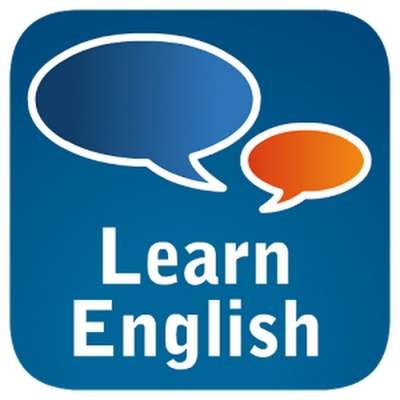Learn "Set" Vocabulary, Idioms, and Phrasal Verbs!
Are you all set to learn English? In this lesson, you'll learn common ways to use "set" as a verb, adjective, and as a noun. You'll even learn phrasal verbs and idioms with 'set'. I've chosen the most common ways we use the word 'set' in English-speaking countries. This is an easy lesson that will teach you some great vocabulary and expressions. Depending on how we use this little word, we can talk about groups of people, collections, placement, building, being ready, and more. After watching the video, practice what you've learned by taking the quiz at http://www.engvid.com/learn-se....t-vocabulary-idioms- . Then, use your new vocabulary in English conversations and in writing!
TRANSCRIPT
Hi. Welcome back to www.engvid.com. I'm Adam. Today's lesson is about the word "set". Now, this word has many meanings and uses, and I was asked to make a lesson about this. And I know that it's in the dictionary, you can look it up, but sometimes it's easier to just hear the lesson, hear the explanations of the words, get some examples of how they're used, and you absorb it a little bit differently this way. So, we're going to look at the different meanings of "set". Now, "set" can be a verb, it can be a noun, it can be an adjective. Okay? So, we're going to look at these. And again, these are the more common uses. There are a few others that I didn't include; you can look those up if you need them.
So, first: "to set". Now, the thing you have to remember about "set", this is called an ambitransitive verb. You don't need to know that word "ambitransitive", but it means it can be a transitive or an intransitive, meaning it can take an object or not take an object. Okay? So, we can set something, we can place it somewhere, we can put it down. Right? So, if I'm going to... If I have a vase-a vase/vase, however you want to pronounce it; both are okay-full of flowers, I want to set it on the table. Okay? So, I can set it down on the table. Set the vase, the vase being the object. And you can... I can set the ladder, or I can set the picture over there against the wall. So, I can put it in a place or a position.
Sometimes it's actually used to mean "to sit". Okay? So, please set... Set the baby or set the child in the chair. It doesn't mean, like, plop it there, it means make the child sit in the chair. It's essentially the same idea, except we use the verb "set", rather than the verb "to sit". You can't say: "Please sit the child." You can say: "Seat the child in the chair", it means put him in the seat. Or, you could say: "Set the child in the chair", put him there. Okay? So, that's one common use of it.
"Establish". Now, here I have "establish" and "build", they're essentially the same idea, but you build something physical-okay?-and you establish something not necessarily physical, more of an idea or a concept. So if I establish something, if I set up a fund... We often use it with the preposition "up", which makes it a phrasal verb: "Set up a fund" means establish. Set up a school, establish a school, or found a school, or begin a school. So, this is a very common use of the word "set", to establish something, to set it up, to begin it, to start it, etc. You can also set up something physical. For example, I'm going to be giving a performance, I want a little stage, so I set up the stage; I get it ready, I get it built, every... All the lights, everything's in place, and then I give my presentation, performance, whatever. If you have... If you're going to a conference or a convention for your company, you want to... You have a little booth where you're going to present your information, you can set up your exhibit, for example. Oops, sorry about that. So, "set up your exhibit" means you're building it, but you're also preparing it at the same time. It's the same idea.
You can also "set" means to apply something to something. So, if you "set fire to the building" means you're applying fire, you're putting the fire to the building - the building goes up in flames. Okay? So, you can set, apply, or you can focus. You can "set your mind on something". And again, you notice that I'm using "set fire to", "set your mind on". A lot of the times, "set" is used as a phrasal verb, it's used with prepositions and they have the different meanings. So you're kind of... You're kind of getting a double lesson, here; you're getting phrasals and you're getting just the general word "set" as a verb. So, "set fire to", "set off the alarm" means you... There's smoke, it applied... You apply the source, the trigger to the alarm, the alarm goes off. You "set your mind on something".




















